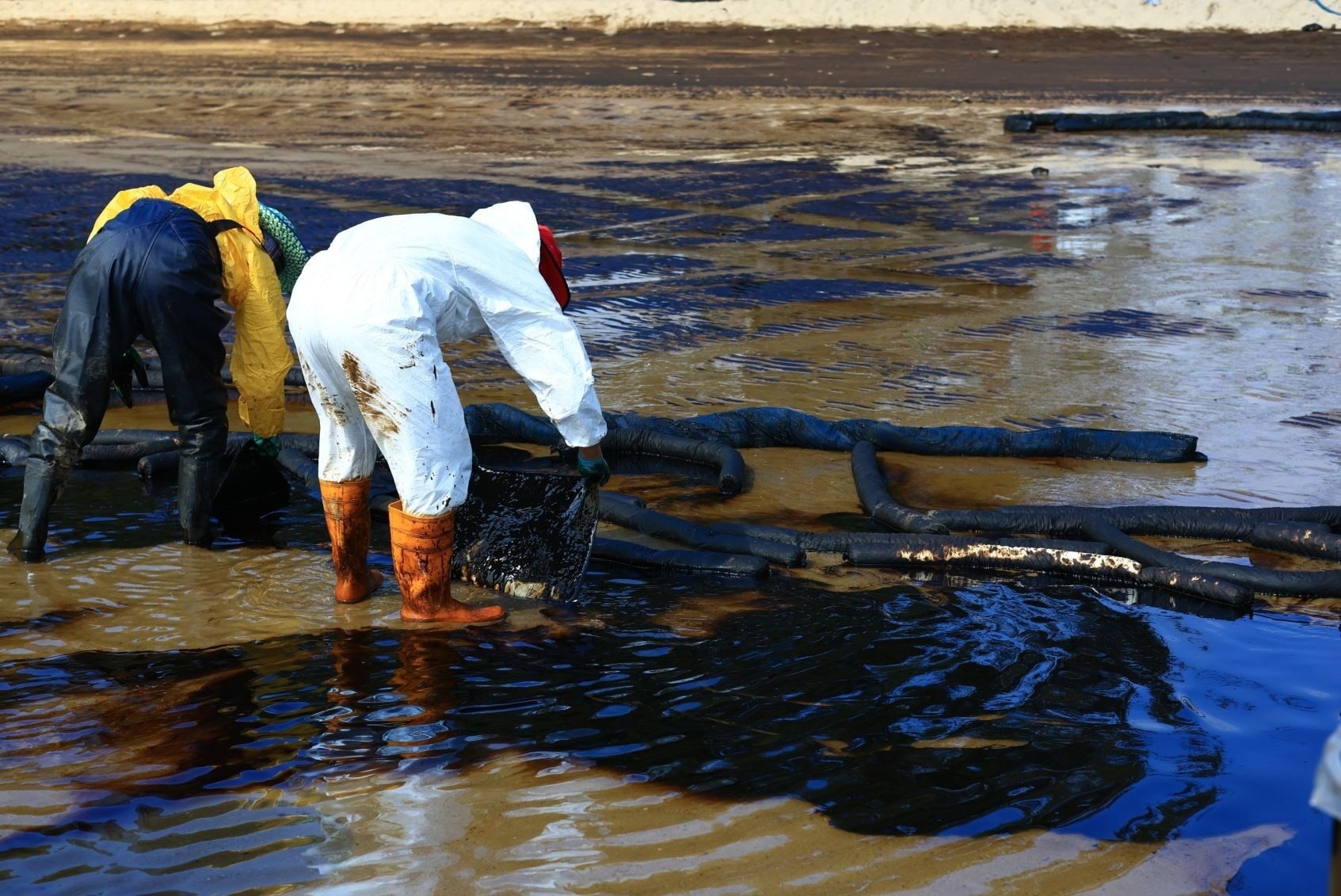Reviewed by Lexie CornerFeb 5 2025
A group of researchers from Concordia University explores how nanotechnology could offer faster, safer, and more effective solutions for coastal oil spill remediation. The study was published in the journal Environmental Science Nano.

Image Credit: Concordia University
Oil spill remediation is a resource-intensive process with significant environmental impacts, particularly in coastal regions. The Arctic is expected to face increased risks due to newly accessible sea routes and rising maritime traffic, putting remote shorelines at higher exposure to potential spills.
Even in densely populated regions, existing mitigation methods have limitations, including slow remediation rates, low oil absorption capacity, and potential toxicity to marine ecosystems.
Using nanomaterials as a response method has emerged as a promising sustainable approach. This paper synthesizes, reviews, and analyzes between 40 and 50 studies on the subject to give us a big-picture look at the status of nanotechnologies in coastal oil spill response. At the same time, we are also presenting our suggestions and identifying research gaps between using nanomaterials in the lab and how they can be used in real-world applications.
Huifang Bi, Ph.D. Candidate and Study Lead Author, Department of Building, Civil and Environmental Engineering, Gina Cody School of Engineering and Computer Science, Concordia University
While current research on nanomaterials focuses on coastal remediation, extensive studies are also being conducted on their use in preventing marine oil spills. However, over 90 % of the studies analyzed were conducted in controlled laboratory settings and are not yet ready for field implementation.
Encouraging Results Needs Field Testing
Nanomaterials offer distinct properties that can enhance various oil spill remediation approaches, including bioremediation, sorbents, dispersants, and surface cleaning agents. Each method has advantages and limitations that nanomaterials can help address.
Bio-based nanomaterials have shown high efficiency in oil extraction while reducing the production of harmful byproducts, making them a potential alternative to synthetic surfactants and organic solvents.
Nanomaterials can also be applied in dispersants. Clay-based nanomaterials stabilize oil droplets in emulsions, increasing the surface area available for oil-degrading bacteria and accelerating the breakdown process.
In sorbents such as foams and aerogels, nanomaterials improve oil removal through adsorption, absorption, or a combination of both, due to their high surface area and numerous sorption sites.
Additionally, nanomaterials can enhance bioremediation, where microorganisms break down oil into less toxic or non-harmful compounds.
While these lab-based results are encouraging, we need to exercise caution. We should prioritize the use of sustainable and eco-friendly nanomaterials to minimize environmental risks and ensure the responsible application of nanotechnology in coastal oil spill response. We also need to scale up testing to measure this efficacy in field tests.
Huifang Bi, Ph.D. Candidate and Study Lead Author, Department of Building, Civil and Environmental Engineering, Gina Cody School of Engineering and Computer Science, Concordia University
Bi is a recipient of a 2023 Vanier Canada Graduate Scholarship.
Chunjiang An, an Associate Professor in the same department and Bi's thesis supervisor, noted that advancements in nanomaterial-based oil spill remediation are occurring at a critical time.
We are facing many new challenges, with threats of oil spills now affecting both traditional and new regions, including the Arctic. We need to work with governments and the private sector to ensure that they are aware of these technologies and can further include them in their future remediation guidelines.
Chunjiang An, Associate Professor, Concordia University
Additional study authors include Concordia Professors Catherine Mulligan and Zhi Chen, Kenneth Lee of Fisheries and Oceans Canada, and Baiyu Zhang of Memorial University.
The study was funded by the Multi-partner Research Initiative of Natural Resources Canada, Fonds de recherche du Québec—Nature et Technologies (FRQNT), and the Natural Sciences and Engineering Research Council of Canada (NSERC).
Journal Reference:
Bi, H., et al. (2024) Nanotechnology for oil spill response and cleanup in coastal regions. Environmental Science Nano. doi.org/10.1039/d4en00954a.